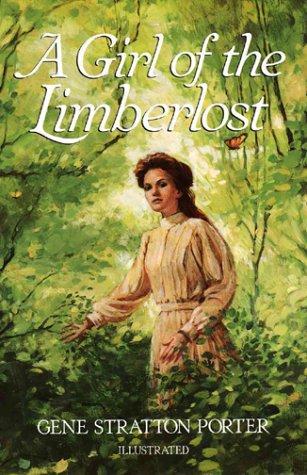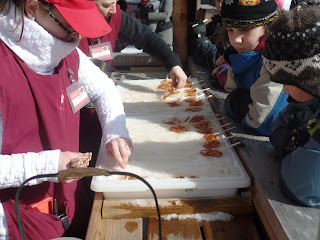

Until the early 20th century, the eastern portion of Indiana consisted of 13,000 acres of swamp and wetlands, and streams that flowed into the Wabash River. Parts of the swamp smelled like sulphur, prompting the name, Loblolly Marsh, based on a Miami language word. Miami-Illinois is an indigenous Algonquian language formerly common in the United States, primarily in Illinois, Missouri, Indiana and western Ohio. The wetlands’ mixed vegetation supported a rich biodiversity needed by local and migrating birds and insects, as well as other animals.
However, when European Americans arrived, they described the area “as a “treacherous swamp and quagmire, filled with every plant, animal and human danger known — the worst of such locations in the central states . . . a vast forest and swampland legendary for its quicksand and unsavory characters.” One of those unsavory characters was Jim Corbus. Corbus went hunting one day and the spry fellow, sometimes known as Limber Jim, got lost. Friends went hunting for him with the rallying cry, “Limber’s Lost.” Reports vary as to whether Jim was ever found, but the name, “Limberlost” came to mean the swamp, which the European-Americans saw as an ideal place for farms, once the swamp was drained, of course. For the next 80 years, the Limberlost was used as farmland. Then, in 1991, local citizen Ken Brunswick established "Limberlost Swamp Remembered," and a group organized to restore some of the wetlands.
Meanwhile, in 1874, while the Limberlost was being drained, twelve-year-old Geneva (Gene) Stratton moved to Wabash, Indiana with her parents and three unmarried siblings. Four months later, her mother died and from then until her marriage to Charles Porter, she lived with relatives. Gene's father and her brother, Leander, taught her to appreciate nature, and she roamed freely around the family farm, observing animals in their natural habitats and caring for various pets. Her particular interest was birds. She was also attending school on a regular basis and became an avid reader. At home, her sister Florence began teaching her banjo, violin, and piano. To complete her education, a local art instructor gave Gene private lessons. With so much going on, it's no wonder she `was unable to finish the last term of her senior year. In fact, because she was failing her classes, she decided to quit school altogether.
In 1884, twenty-year old Gene took a trip to Sylvan Lake, Indiana, where she was attending the Island Park Assembly, a Chautauqua gathering. A Chautauqua "was an adult education movement in rural parts of the United States and included entertainment and culture by way of speakers, teachers, musicians, entertainers, preachers, and specialists of the day." There she met a thirty-four year old druggist named Charles Dorwin Porter. Two years later, they married.
The Porters had only one child and by most accounts, Gene” took pride in her family and maintaining a home.” However, but she “opposed the restrictive, traditional marriages of her era and became bored and restless.” Since she had never lost her interest in nature, she began writing about it and selling articles to magazines as a way to earn her own income. In 1895, the Porters moved into the Limberlost cabin and Gene spent hours exploring, photographing, and sketching the swamp. In addition to her nature articles, she wrote a number of novels. The most successful was Girl of the Limberlost, published in 1909.
The Limberlost cabin was just one of many homes the Porters lived in, including one in Hollywood. Gene wasn’t happy with the various film adaptations of her books, so she started the Stratton-Porter Production Company and made her own movies. Eventually, various production companies turned eight of her novels into movies, the last made in 1927.
Gene Stratton Porter died in 1924. Among her lasting legacies was her early and outspoken advocacy for nature conservation. She supported efforts to preserve wetlands, such as the Limberlost Swamp, and saving the wild elk at Jackson Hole, Wyoming, from extinction.
![Wynter's Way by [Stover, Karla]](https://images-na.ssl-images-amazon.com/images/I/51vn%2B9FXsEL._SY346_.jpg)
bwlauthors.blogspot.com



























.jpg)

.jpg)




